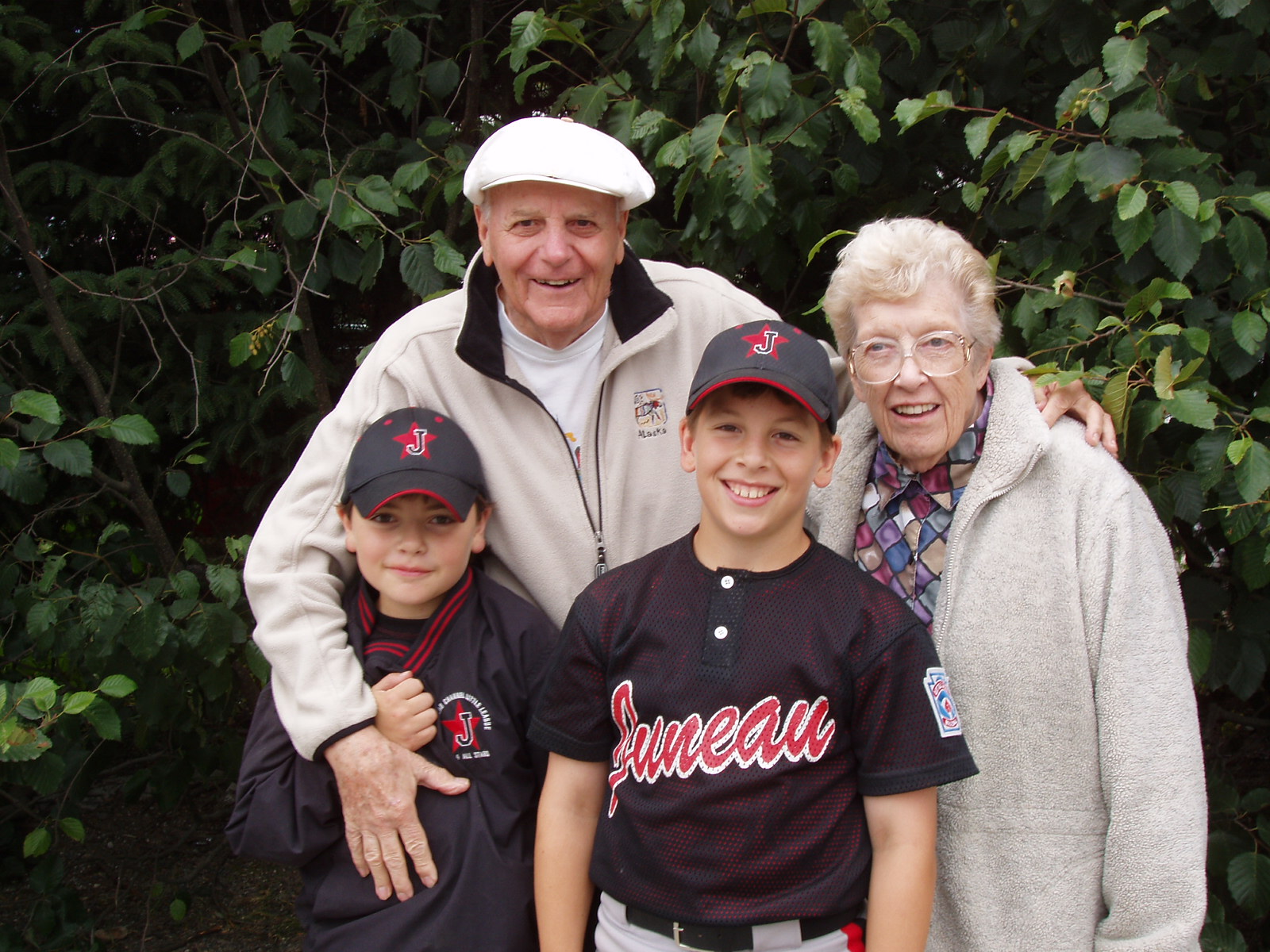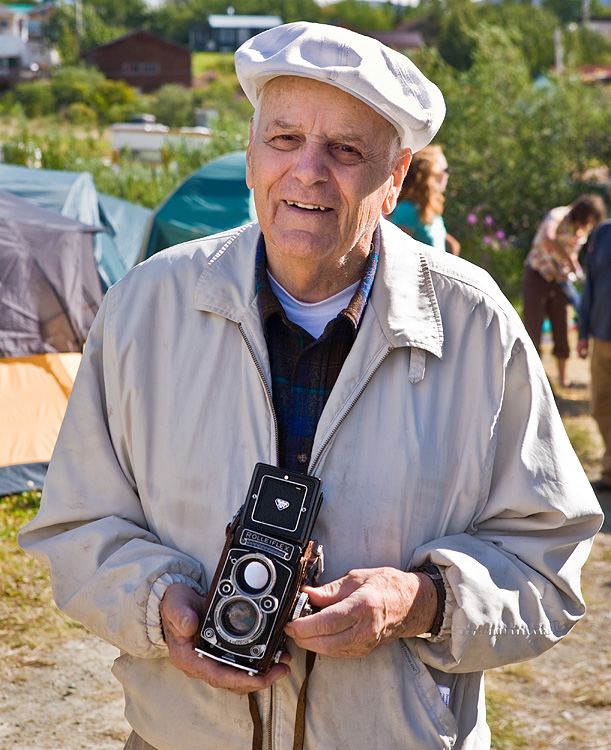by: Natalie Raia, The University of Texas at Austin
Portable JIRP Blog, this is Portable Natalie conducting her two-month post-JIRP check-in.
Exactly two months ago, 33 students solemnly, groggily departed from University of Alaska-Southeast housing. We were returning to family, friends, school, modern conveniences, and once-familiar, but now seemingly foreign lifestyles. Today, I sit on a plane bound for the Geological Society of America conference in Vancouver, where many JIRPers will be gathering to present the research products from our summer on the icefield.
Now, our last blog entry leaves us packing up a charter bus in Atlin, and though many of you may now have heard stories from JIRPers you know, or have been through the journey yourself, I’d like to fill in the gaps of those final, turbulent, poignant days.
August 15th: We departed Camp 30 in Atlin, B.C. and took a scenic drive to Skagway, AK. We waited in Skagway for the ferry to Juneau. How bizarre it was to walk confined to sidewalks streaming with tourists, to stand in the ferry station surrounded by fluorescent lights, and to hear the voices of relatives on the phone. Looking at fellow JIRPers’ glazed, wide-eyed faces, it was apparent that I was not the only one who was overwhelmed by the sudden shift in environment. Boarding the ferry, JIRP overtook the solarium on the top deck, and settled in for the ~5-hour ferry ride with our sleeping bags. The rainy weather cleared (“it’s burning off!”) as we proceeded down the Inside Passage. Soon, sleeping bag sumo wars, ballroom dance lessons, and general JIRP revelry filled the upper deck, to the entertainment of the occasional non-JIRP passerby. All too soon, that glorious ride ended as dusk settled and we docked in Juneau. Wrestling our gear onto school buses (again, much to the amusement of passerby wondering precisely what we could possibly be doing with skis in August!), we returned to University of Alaska Southeast housing. Dorm mattresses had never seemed so luxurious! Truly, we were coming full circle, and going home.
JIRP overtakes the top deck of the ferry from Skagway to Juneau. Photo by Natalie Raia
August 16th arrived. Like a point in the horizon that the safety staff swore was “Camp such and such” on a traverse, August 16th had always been a day way off in the future, something hazy that never really seemed to be getting close until all of a sudden, you arrive. Well, that final day began with JIRPers pretending to go about business as usual. I wrote a “plan of the day” in my journal—as usual; we had cereal at the pavilion—as usual; we even had morning announcements and work details—as usual. Nevertheless, this was anything BUT a “usual” day. After practicing presentations in the morning, we went on one last hike—appropriately, to John Muir's cabin. The day passed in a dizzying blur of science, meals, and trails through the woods, and soon I found myself on a bus headed back to Mendenhall Glacier Visitor’s Center. In an all-too-fitting fashion, a misting rain descended on Juneau as we gathered to complete our one last task.
One final hike to John Muir's Cabin. Photo by Natalie Raia
I think I had an unshakable grin on my face the entire presentation. It was impossible to not be moved, proud, and content to watch and listen to my JIRP family talk about their hard work and passions. I looked upon the face of each person I had lived with, learned from, worked through challenges with, and come to respect and appreciate to the utmost extent. As I sat in the audience, I reveled in the fact that I could count myself in this group of remarkable, eclectic people. The atmosphere was loose and it was obvious that JIRPers (and the audience) were having fun recounting the summer’s activities. And then it was over…I distinctly remember boarding the bus and Prince’s “1999” was playing on the radio—in some sense, the perfect song—upbeat and celebratory, but the lyrics tell a slightly darker story about endings, about running out of time.
“Sleep is for the weak” was the unofficial motto from there on out! With just hours left (shout out to the 4 am departure crew!), we attempted to bring some sort of closure to a two-month, perspective-altering ordeal. Ha. Good luck! JIRP awards, a final video, and a well-written rap closed out the evening as people drifted about saying goodbyes and trying to maximize every minute left.
Dawn.
No more mass balance pits. No more sunset skis. No more tan line contests. No more wet socks and sun-screened faces. No more Pilot Bread with peanut butter and brown sugar. No more glacier dragons. No more “Science!” No more icefield. And just one traverse left: the traverse without a trail party, the traverse no one tells you about—the hardest traverse of all.
Somehow two months had passed, and this bizarre, beautiful social experiment (“Hey, let’s throw 30+ complete strangers together and have them live in confined spaces in the middle of an icefield under less than ideal conditions!”) was at an end. Through quietly irrepressible tears that surprised this normally reserved author as the plane took off from Juneau, I was left with a singular line of questioning: How? How does this social experiment succeed? What is the “secret” of JIRP’s transformative power in the lives of generations of young, aspiring scientists? How?
The largest part of the answer involves the development of the program under Dr. Miller and his wife, Joan—I am convinced. Their life’s work and legacy live on not only in the incredibly valuable scientific record JIRP produces, but also in the alumni and people who return year after year because it is such a transformative program. The second part of the answer is the students. The experience succeeds because JIRP assembles a group of diverse individuals from all corners of the U.S. and beyond. Despite our individuality, I thought about the common core values we necessarily share, and I’d like to describe some of them briefly.
We are dreamers. We dream of a healthier planet—one in which our own human footprint is reduced. We dream of graduate school, of careers in engineering, environmental science, geology, and the list goes on. We dream of lives lived close to and in harmony with nature. Lives lived deliberately, surrounded by people we care about. We are dreaming.
We are seekers. A never-ending thirst for knowledge drives us forward. Always searching for new ways to examine our beliefs, change our perspectives, and expand our horizons. We aim to learn from each person we meet. We seek out and celebrate their best qualities. We are seeking.
We are explorers. Testing our physical limits, pushing the bounds of our comfort zone, we never stop moving and never settle. Every new corner must be rounded, for we know that around each bend lies a new adventure, a new way to reinvent and reimagine ourselves and the world we live in. We are exploring.
And finally, we are free spirits. Each JIRPer brought a unique addition to the summer. Artists, musicians, writers, singers, dancers, athletes, thinkers, and outdoorsmen (and women!) abound. We are compassionate characters, possessing a delicate sensitivity coupled with extremely tough mental faculties and willpower. We are soaring.
Kelly Hughes takes an incredible sunset above the Gilkey Trench. Photo by Natalie Raia
The bruises and blisters have healed. Clothes have been washed (I hope!). Photos shared. Departing tears have dried. But memories prevail—Step, step, stepping up the Ptarmigan. Prusiking on July 4th, surrounded by delightful pandemonium. Aching through the snow at 3:23 am. Kick, step. Kick, step. Stark red, white, and blue waving in front of resolute Towers and miles of dazzling white snow. The ping of shovels striking scientific gold. Kick, glide. Kick, glide. Haunting silence in a cavernous crevasse. The joyous laughter on sunny days. Swish. Swish—crunch. Marmot calls and gurgling glacial streams pointing down, down. Step. Step. Step. During our last radio contact with the icefield, a catch in the strongest voice does me in: “…going clear.” The unsaid phrase, “for the last time,” hangs in the air. A single tear escapes me, for as she packs away the disassembled radio, the thunderous icefield is silenced. The Icefield. Perched on the hill, turning my back on that staggering, immense place. One last, fleeting glance—quickly, quickly, the trees are swallowing us. Will I ever return? Rain strikes still waters in that pristine inlet, disrupted by the inconvenient arrival of civilization. Wonderful wind whistles on that massive, open deck, sweeping us closer, closer to the end. The End. A new kind of deep-rooted ache, stamping memories on my heart that read, “Delivered via Icefield.” Delivered via JIRP. Yes, memories prevail.
And so, with the tenor of life permanently, beautifully disrupted, we carry on. Step, step, stepping. Never settling, never stopping, always fulfilling that Emersonian ideal: Books. Nature. Action.
We are dreamers. We are seekers.
We are explorers. We are free spirits.
Now and forevermore, we are JIRPers.
All good things must come to an end. And through this end, all is well. Mighty fine, mighty fine.
JIRP 2014, going clear.
For the last time.
The sun rises through the clouds on the last day at Camp 17. Photo by Natalie Raia



















